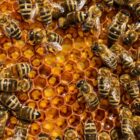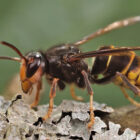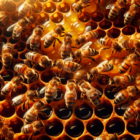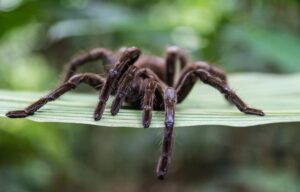Why do honey bees sacrifice themselves?
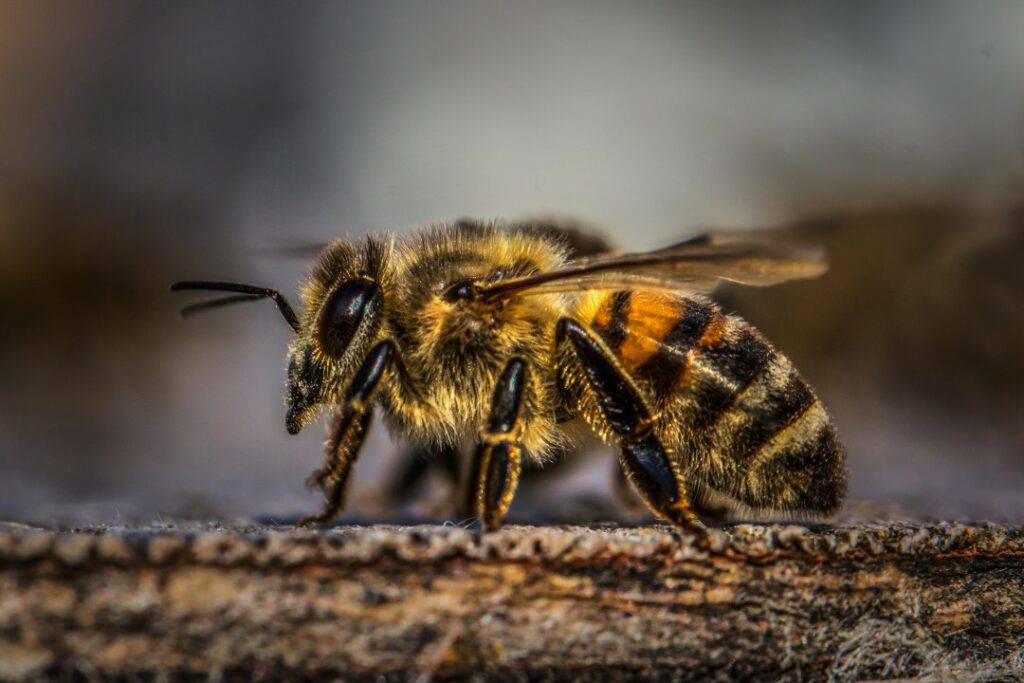
Honey bees are renowned for their industriousness and selflessness within the intricate social structures of their colonies. One of the most intriguing aspects of honey bees behavior is their willingness to sacrifice themselves for the greater good of the hive.
But why do honey bees exhibit such altruistic behavior, sacrificing their lives in defense of their colony?
The Social Structure of Bee Colonies
The social structure of honey bee colonies is a marvel of nature’s engineering, characterized by intricate organization and division of labor. Understanding the roles and responsibilities within a honey bee colony provides valuable insight into the motivations behind their sacrificial behavior.
The Queen Bee
At the heart of every honey bee colony is the queen bee, the matriarch responsible for laying eggs and ensuring the continuity of the colony. The queen’s primary role is reproduction, as she lays thousands of eggs throughout her lifetime. Her pheromones regulate the behavior and development of other bees in the colony, maintaining social cohesion and harmony.
Worker Bees
The majority of honey bees in a colony are female workers, whose tireless efforts sustain the functioning of the hive. Worker bees undertake a myriad of tasks, including foraging for nectar and pollen, tending to the queen and developing brood, constructing and maintaining the hive’s structure, and defending the colony against threats. Their versatility and adaptability make them the backbone of the colony’s operations.
Drone Bees
Male drones comprise a smaller proportion of the colony and have a singular purpose: mating with a queen. Drones do not possess stingers or the ability to forage for food, relying instead on the resources provided by worker bees. Once a drone has fulfilled its reproductive duty, it is expelled from the hive, reflecting the expendable nature of its role within the colony.
Division of Labor
The social structure of honey bees colonies is characterized by a highly specialized division of labor, with each member fulfilling specific roles essential to the colony’s survival. From the meticulous construction of honeycomb cells to the precise navigation of foraging expeditions, every task is meticulously coordinated to ensure the collective welfare of the colony. This division of labor maximizes efficiency and productivity, enabling bees to thrive in their environment.
Cooperative Behavior
Central to the success of honey bees colonies is their remarkable capacity for cooperation and coordination. Worker bees selflessly dedicate themselves to the needs of the colony, prioritizing the collective good over individual interests. Through intricate communication systems involving pheromones, dances, and tactile cues, bees convey information and make collective decisions that optimize resource allocation and hive functioning.
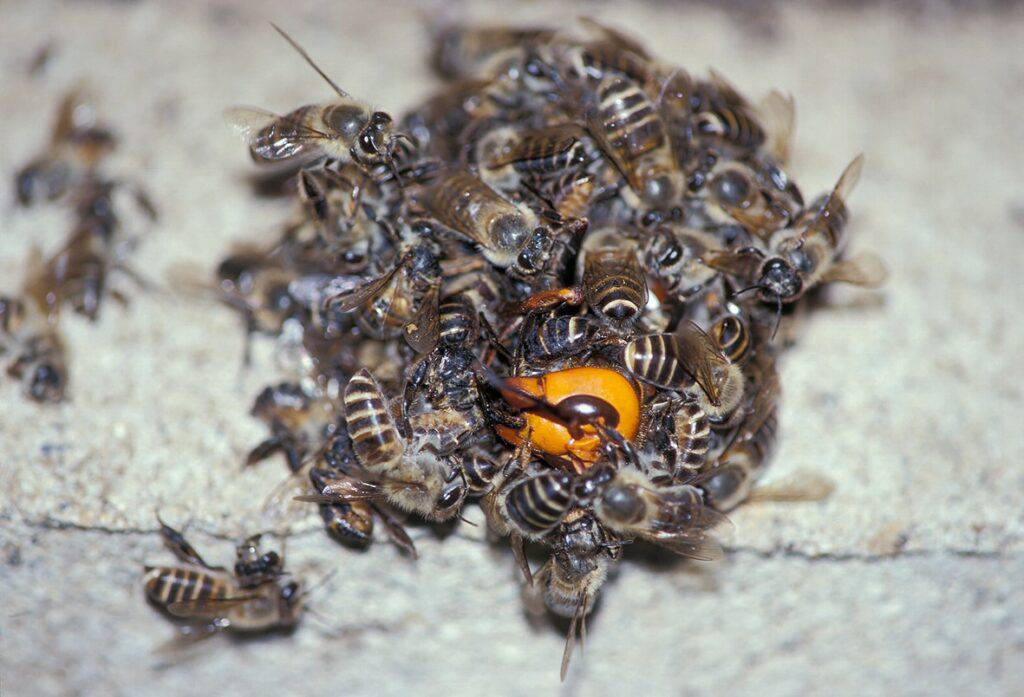
Defense of the Hive
The defense of the hive is a paramount responsibility of worker bees within a colony, and they execute this duty with efficiency and bravery. When confronted with potential threats, such as predators, pests, or intruders, worker bees demonstrate remarkable coordination and unity to safeguard their hive and fellow colony members.
Sentinel Bees
Worker bees stationed at the entrance of the hive act as sentinels, diligently scanning the surroundings for any signs of danger. These vigilant bees remain alert, ready to sound the alarm at the first sight or scent of an approaching threat. Their keen eyesight and acute sense of smell enable them to detect even the slightest disturbances in the vicinity of the hive.
Alarm Pheromones
In the event of a perceived threat, sentinel bees emit alarm pheromones to alert their fellow colony members. These chemical signals serve as a rapid and efficient means of communication, triggering a cascade of responses throughout the hive. Alarm pheromones not only convey the presence of danger but also elicit a coordinated defensive reaction from the entire colony.
Swarm Response
Upon detecting the alarm pheromones, worker bees within the hive spring into action, preparing to defend their home. They abandon their current tasks and mobilize for the collective defense effort. Thousands of bees may converge at the hive entrance, forming a formidable barrier against potential intruders.
Formation of Defensive Swarms
In some cases, worker bees may form defensive swarms to confront larger threats. These swarms consist of a dense mass of bees encircling the intruder, effectively immobilizing it and preventing further access to the hive. The sheer number and coordinated movements of the bees serve as a potent deterrent against predators and invaders.
Sting Defense
As a last resort, individual worker bees may engage in direct combat with the threat, resorting to stinging as a means of defense. When a honey bee stings an intruder, it delivers a venomous sting that inflicts pain and deters further aggression. However, the act of stinging is a fatal one for the bee, as it results in the loss of its barbed stinger and eventual death.
The Sting and Its Consequences
The act of stinging is a remarkable yet fatal defense mechanism employed by worker bees to protect their hive and fellow colony members.
When a honey bee perceives a threat to the hive, it deploys its stinging apparatus, known as the ovipositor. This specialized structure consists of a sharp, barbed stinger attached to a venom sac.
When the bee thrusts its stinger into the target, it injects venom from the sac into the victim’s skin, causing localized pain and inflammation.
The Barbed Stinger
The unique feature of the honey bee’s stinger lies in its barbed design. As the bee inserts its stinger into the target, the barbs become lodged in the victim’s skin, anchoring the stinger in place. This mechanism ensures that the venom sac remains attached to the target, allowing for the efficient delivery of venom. However, it also results in a fatal consequence for the bee itself.
Consequences for the honey bee
Once the bee’s stinger is embedded in the target, the bee attempts to fly away, triggering the rupture of its abdomen. The barbed stinger tears away from the bee’s body, along with the venom sac and associated abdominal tissues. This catastrophic rupture leads to severe internal injuries and ultimately results in the death of the honey bee.
Activation of Alarm Pheromones
In addition to the physical consequences of stinging, the act also triggers the release of alarm pheromones from the bee’s venom sac. These chemical signals alert other members of the colony to the presence of danger, prompting a coordinated defensive response. Nearby bees detect the alarm pheromones and join the fray, enhancing the collective defense effort against the perceived threat.
Evolutionary Significance
Despite the fatal consequences for individual bees, the act of stinging has significant evolutionary significance. Through millions of years of natural selection, honey bees have evolved to prioritize the survival of the colony over individual survival. Sacrificing individual bees to defend the hive enhances the chances of survival for the queen, drones, and future generations of bees, ensuring the continuity and success of the colony.

